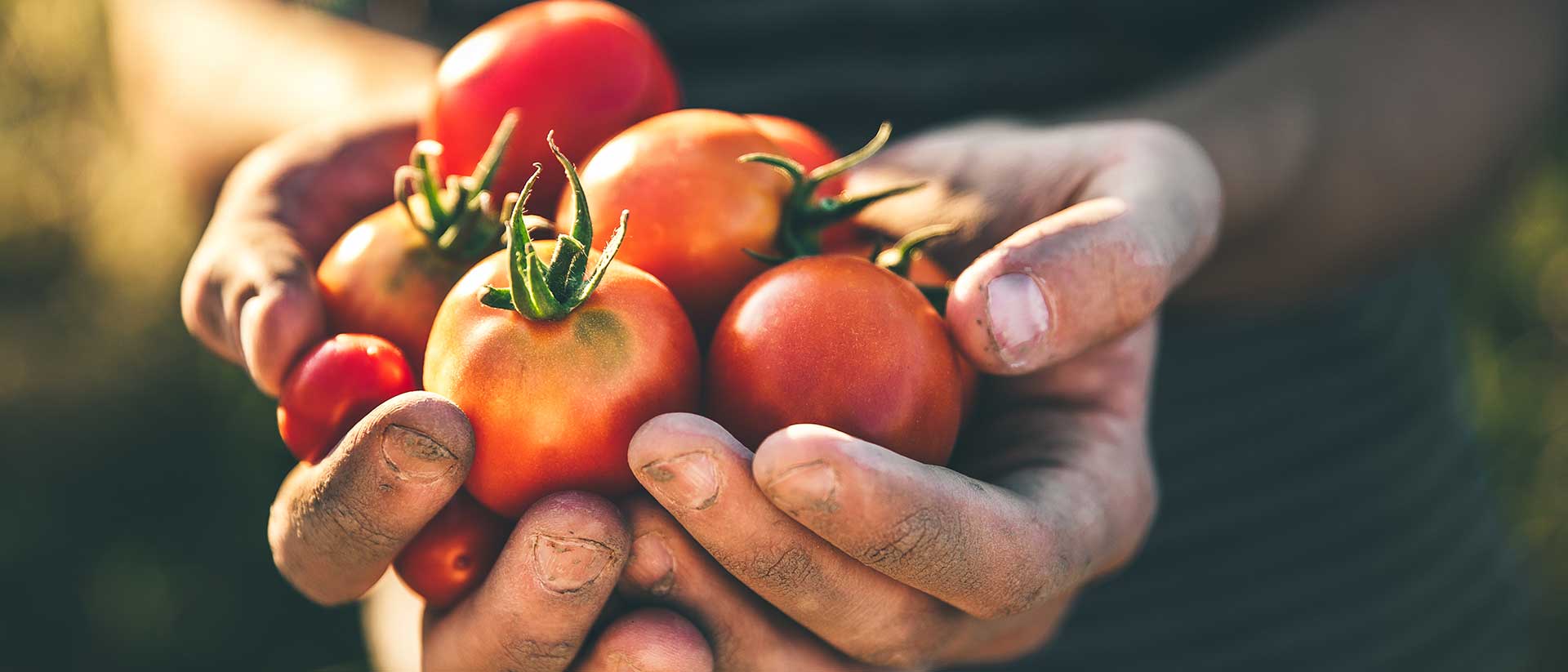
Increasing Healthy Food Access and Improving Yields With Harvest Automation
What is automation in agriculture, and how are farmers using robots and other technologies to streamline food production? Our guide explains it all.
From farm to table, technology in agriculture is quickly becoming an essential part of how Americans access healthy food. Experts anticipate explosive population growth in the coming years, and we expect agricultural automation to increase with it.
But how exactly are farmers using harvest automation? And how are they using robots and drones to grow crops safely and cost-efficiently?
Here’s an introductory guide to the state of automation in farming today:
What Is Automation In Agriculture?
Automation in agriculture relies on technology to streamline and optimize the process of food production in traditional farming.
From drilling to planting to harvesting crops, automated farming technology is becoming more prevalent at all levels of the growing process.
In 2017, TechCrunch estimated that $1.7 billion had been invested in automation farming technologies, a considerable increase from just a decade earlier.
How Can Farming Be Automated?
Automated farming tools aren’t only used for harvesting crops. Here are just a few examples of how technology is utilized throughout a season:
- Robotics are deployed to seed and weed areas of a farm.
- Computer sensors help identify problem areas, which reduces large-scale pesticide use in areas that don’t need it.
- Drones monitor weather conditions, assess soil states, and even render decisions without contacting the farmer.
Beyond the farm and into the warehouse, forklifts are being replaced by automated guided vehicles (AGVs), which can load and unload food trucks, transport items across warehouses, and operate in cold storage climates for longer than human workers can.
How Has Automation Affected Agriculture?
Automation relies on remote sensors and other tools to more efficiently grow, monitor, and harvest crops.
Using the Industrial Internet of Things (IIoT), the farmer makes real-time judgment calls unnecessary.
Drones and robotic devices can collect data and interact with other computer systems and make critical decisions. For example, tech tools that determine soil moisture levels and seed population are being utilized more frequently.
Farmers rely on absolute precision to grow their crops. As automation tools become more adept at maneuvering through agricultural challenges (weather patterns, for example), there’s a strong possibility it will become the go-to way to produce food.
Is Automation In Agriculture a Good Thing?
There are many advantages to automated farming, many of which are related to the ever-growing population of humans on earth and their need for accessible, healthy foods.
The UN expects the world’s population to grow by 2 billion people between now and 2050. With a world population of just under 10 billion, it’s more important than ever to think critically about how the farming industry can adapt to the growing number of hungry mouths to feed.
Here are some of the advantages and drawbacks of farming automation.
Advantages of Agricultural Robots
- Lower labor costs (improves yields in less time)
- Provides more food at affordable costs to consumers
- A potential solution for growing population concerns
- Trustworthy technology simplifies the job a farmer has to do
- Enables farmers to hire less staff, giving them wider profit margins
- Less human error
Drawbacks of Agriculture Robots
- Initial technology investment costs can be steep
- Potential trust issues with evolving technologies
- Maintenance costs
- High energy requirements
The Future of Harvest Automation
With a more than 30-year decline in the farming job industry and an apparent need for large-scale food development solutions, it’s pretty clear that harvest automation is here to stay.
The recent COVID-19 pandemic has forced many American industries to take a hard look at artificial intelligence devices for food production.
Going forward, more precise tools will emerge that make a farmer’s job easier and more profitable. Artificial intelligence will continue to improve, and both consumers and landowners will benefit from the round-the-clock abilities of field technology that no farmhand can match.
Check out how our Industrial IoT Edge Platform can transform your operations today.



